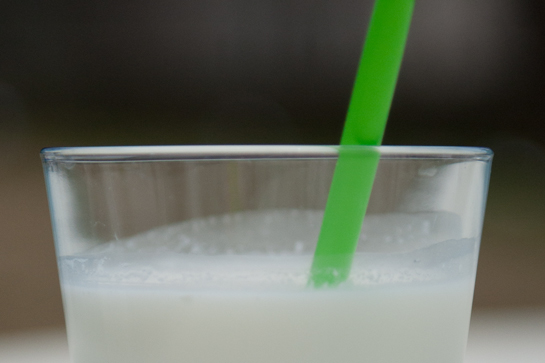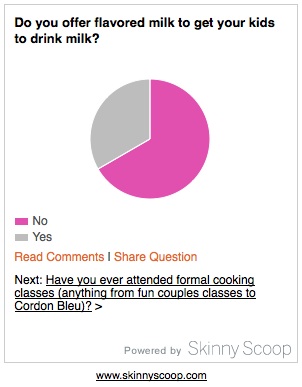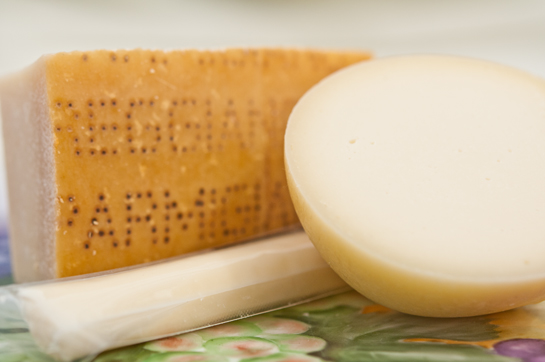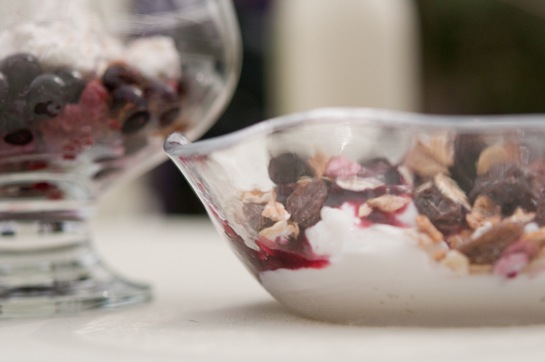Go ahead. Don’t drink your milk.
A great friend of mine from Hinsdale called a few weeks ago. She shared the buzz about who bought our old house. We emptied our gripe-bags of winter illness war stories. Then she changed the subject.
“…so I also have a food question for you. I was reading your post about hot- no, very warm- cocoa and it got me thinking. You know, Sarah [her 6-year-old] won’t drink milk. So I give her chocolate milk instead- “
“Oh lawdy no.” I interrupted her. It was rude. I know. But I also know Elena and I knew where this was going. “I’m going to just set aside this whole excessive accommodation thing. You know that makes me nuts. Seriously Elena. How do you imagine that this is having a net positive effect on her health?”
“Well, kids need to drink milk. They need it for their bones, right?”
No.
They absolutely do not need to drink milk.
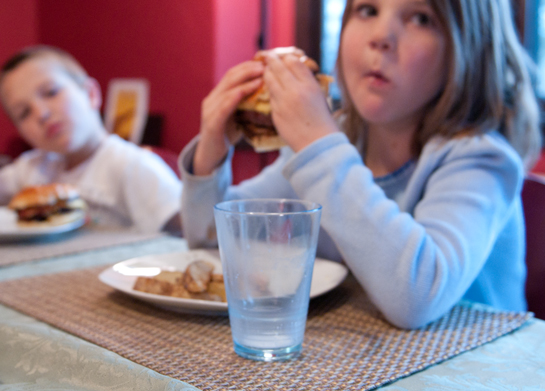
I consider what the kids have eaten over the course of the day before I serve them milk with dinner. If they had a dairy-based smoothie for breakfast and yogurt with lunch, I'll probably offer them water with dinner instead.
********************
Ever wonder how people drank milk before the widespread availability of refrigeration? They couldn’t. They didn’t. Do you imagine that everyone had a cow or a goat from which to obtain their milk? Everyone? Notsomuch.
Unless you lived in a very cool climate, there would only be a brief window during which the milk remained “fresh” for drinking. Milk is quickly colonized by bacteria. This process is different from spoiling. It is the healthy, natural process of bacterial fermentation, or “culturing.” Throughout human history, that has been the primary reason why people kept dairy animals- for cultured milk products such as cheese and yogurt. Milk really wasn’t thought of as a food in its raw state. If mankind has lived this long without it, can our children’s well-being really be so dependent upon it?
Cultured dairy products are hardly the poor country cousins of fluid milk. In fact, they’re actually superior to fluid milk in some ways, as I’ll soon explain. Compare the percentage of the RDA (recommended daily allowance suggested by the USDA) of the following “kid-friendly” dairy products:[i][1]
- 1 cup cow’s milk, 29%
- 1 stick of string cheese, 20%
- ½ cup ricotta, 26%
- 1 cup organic vanilla yogurt, 40% (But with a whopping 31g sugar, much more than 1 cup of commercial chocolate milk, which has 24g per cup.)
Now tell me- what exactly is so fantastic about milk?
Unless you have a whole bunch of Lars, Svens or Olgas in your family tree, most people over the age of four will be better off with a cultured milk product. It’s that lactose problem. At age four, seventy-five percent of us have lost most of our ability to produce the lactase enzyme necessary to make lactose sugar molecules digestible.[ii] Lactose is “pre-digested” by the bacteria used to culture milk, turning the whole issue of lactose intolerance into a non-issue for all except the most exceptionally sensitive. Given that our bodies are better able to digest and use milk in its cultured forms, why then are we pushing fluid milk on our children?
Is life-time bone health so very dependent on the single issue of how much dairy one consumes as a child? Not at all. Weight-bearing exercise (jumping, pushing or pulling heavy objects) is a much more critical factor to developing and maintaining good bone density. Completely out of mom and dad’s control is the genetic factor. If Granny had osteoporosis, your daughters are more likely to as well. Finally, would you believe that there is no evidence that countries with the highest per capita consumption of milk have better bone health than other countries? According to Harold McGee, “Other countries, including China and Japan, suffer much lower fracture rates than the United States and milk-loving Scandinavia, despite the fact that their people drink little or no milk.”[iii]
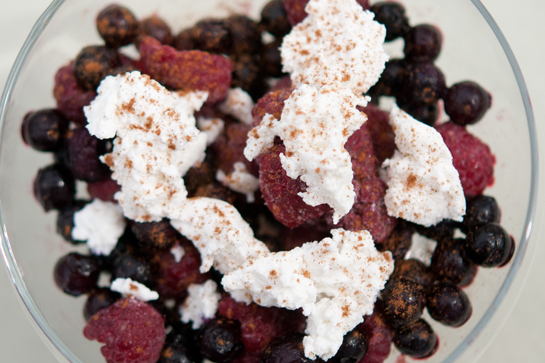
Frozen berries with dollops of buffalo milk ricotta that I picked up at Eatily in NYC last weekend. I paid $18 for the tub of it, but it was the best, most beautifully white ricotta I'd ever had. Full of protein and calcium, this makes an unapologetically guilt-free, pleasure-filled dessert.
Why are parents so convinced that getting their kids to drink their milk is as important as getting them to brush their teeth? It’s all about agricultural policy, the power of a well-organized dairy industry and knee-jerk reactions to research. Its sad, because I know how much stress this creates in some families. There is a sense that you must be doing something wrong if your kids aren’t drinking their milk. Right? On the other side, those of us with milk-drinking kids get to smugly watch the pediatrician note this on the chart. We’re pretty sure he writes, “Good parents” at the top of that chart next to the gold star he affixes. Ah, the power of social pressure.
The bottom line- it’s great if your kids drink their milk without objection. If they don’t, don’t freak out. Don’t dose them up with vanilla or chocolate milk. The consequence of that much sugar- both nutritionally as well as in the reinforcement of preferences for sweetness- is probably as bad as not getting the calcium. There is a wealth of yummy calcium sources. Go for cheese. Make dairy-based smoothies. Prepare Cream of Wheat with milk. Give them creamy soups. Offer them yogurt, keeping a close eye on the sugar content. Treat them to quesadillas as an after-school snack. Enjoy grilled cheese for lunch. Dollop ricotta on fruit.
There’s just nothing magical about fluid milk.
[i] Caloriecount.about.com
[ii] ^ “Improved lactose digestion and intolerance among African-American adolescent girls fed a dairy-rich diet.”. Journal of the American Dietetic Association. 2000. PMID 10812376. Retrieved 2009-02-03. “Approximately 75% of the world’s population loses the ability to completely digest a physiological dose of lactose after infancy”.
[iii] Harold McGee. On Food and Cooking, The Science and Lore of the Kitchen. Copyright 2004. Pp 15-16

